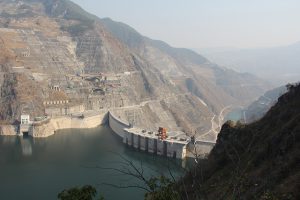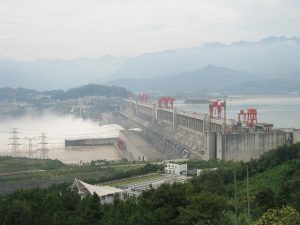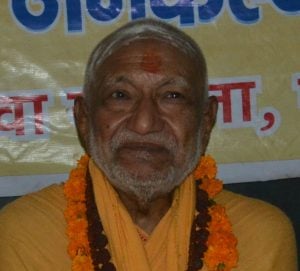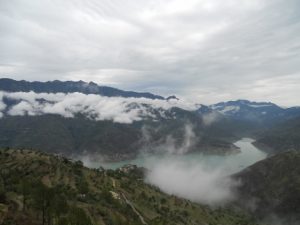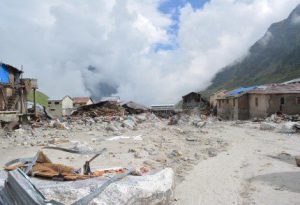In Chinese, "Sichuan" means "four rivers," a name indicating the importance of rivers in the province’s history. The Min, Tuo, Dadu and Funan rivers run through Sichuan and are main tributaries to the longest river in Asia, the Yangtze. The last of these, the Funan river, runs through Chengdu, and until fairly recently was so polluted its stench carried for miles.
In 1992 the Chengdu government launched the Funan River Project to clean up the river, and over the next decade spent tens of billions of dollars on pollution management, flood control, housing and infrastructure programmes, and the construction of a greenbelt along the length of the river.
However, it emerged that the majority of Chengdu’s river pollution did not originate in the city, but was the result of pollution from villages upstream. The Chengdu Urban Rivers Association (CURA) was formed in 2003 to address this problem, many of whose senior staff were previously project leaders and participants in the Funan River Project.
In recognition of the role of agricultural production in polluting rivers, CURA chose to focus its efforts on building Anlong Village, an ecological farm 40 kilometres upstream from Chengdu. The location was ideal because it was close enough to be convenient, but far enough not to be interrupted by China’s rapid urbanisation for at least a few years.
Ten years later, CURA’s Anlong Village includes households that practice farming and animal husbandry. With the aid of the anaerobic digesters with which each house is equipped, animal waste is transformed into methane gas for cooking and heating, and organic fertiliser for ecological farming. Each household has a urine-separating dry toilet that conserves water and yields fertiliser from human waste.
Residents of Anlong Village grow their crops without using chemicals. Persuading villagers to embrace this and other eco-friendly methods wasn’t easy. Ming Jiu Li, one of the volunteers on the farm, said, “We are telling farmers not to use chemicals when…companies aggressively peddle fertilisers and say that they will cut down labour costs and bring higher yields. We are saying, ‘let’s preserve this environment’ when the mainstream way of thinking aligns with the Chinese saying: ‘If the old doesn’t go, the new doesn’t come.’”
Anlong Village is an anomaly in Sichuan which is becoming increasingly urbanised as a result of government and economic pressures. In order to make the model sustainable, CURA has embraced Community Supported Agriculture (CSA).
In the beginning of the Anlong Project, CURA asked farmers what they needed to make the project work. Their only request was that CURA ensure a market for their produce. As Areeya Tivasuradej, another volunteer, described it, the idea began with word of mouth and the simple thought: “I know a friend who eats everyday and might need to cook every day. They should sign up.”
Surprisingly enough, although CURA does have a fairly supportive community of expats, most of the 200 CSA customers are Chinese. Keeping customers has been challenging at times because they complain about the lack of variety that results from the necessity to grow what is in season. CURA has dealt with these complaints by inviting urban customers to try their own hands at farming at Anlong Village. This fulfills CURA’s desire to educate people about what they can do to protect the environment, and helps to create an urban-rural relationship that gives urban residents an appreciation for the work behind the food on their plates.
Environmental advocacy
One of the most important elements of CURA’s success is that it is a local organisation with local relationships and international partnerships, with support from Sichuan University, Microsoft, WWF and the US embassy in China. As Tivasuradej explained, "You need to build relationships among NGOs as well, especially when you’re working with water and the environment, because it’s not just one community that you have to work with. You have to work with the whole system: the upper region, the lower region, and the people in the middle, because it’s all connected.”
Today, the Funan River is no longer a place to be avoided. During the day, one can see old men fishing in the river and tourists taking pictures by the river; at night, friends and lovers often follow the river during evening strolls. When asked about CURA’s successes, Tivasuradej said, “Even though it’s such a tiny percentage, the biggest success of CURA is that the farmers [can live] the life that they wanted to, instead of being forced by the outside [to move to the city].”
Hope Loudon is a freelance journalist studying International Affairs at The University of Nevada, Reno. She worked and studied in Chengdu in 2012-2013.
